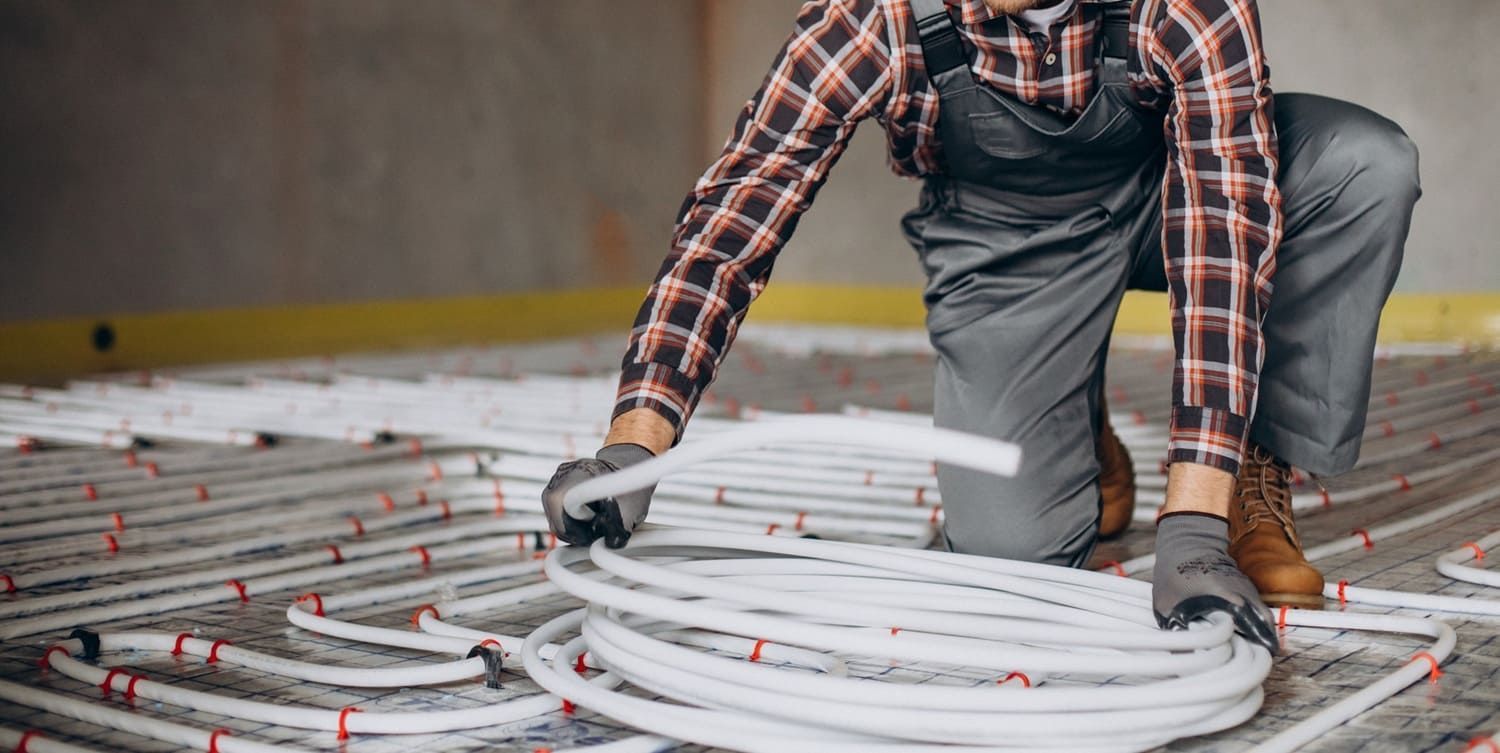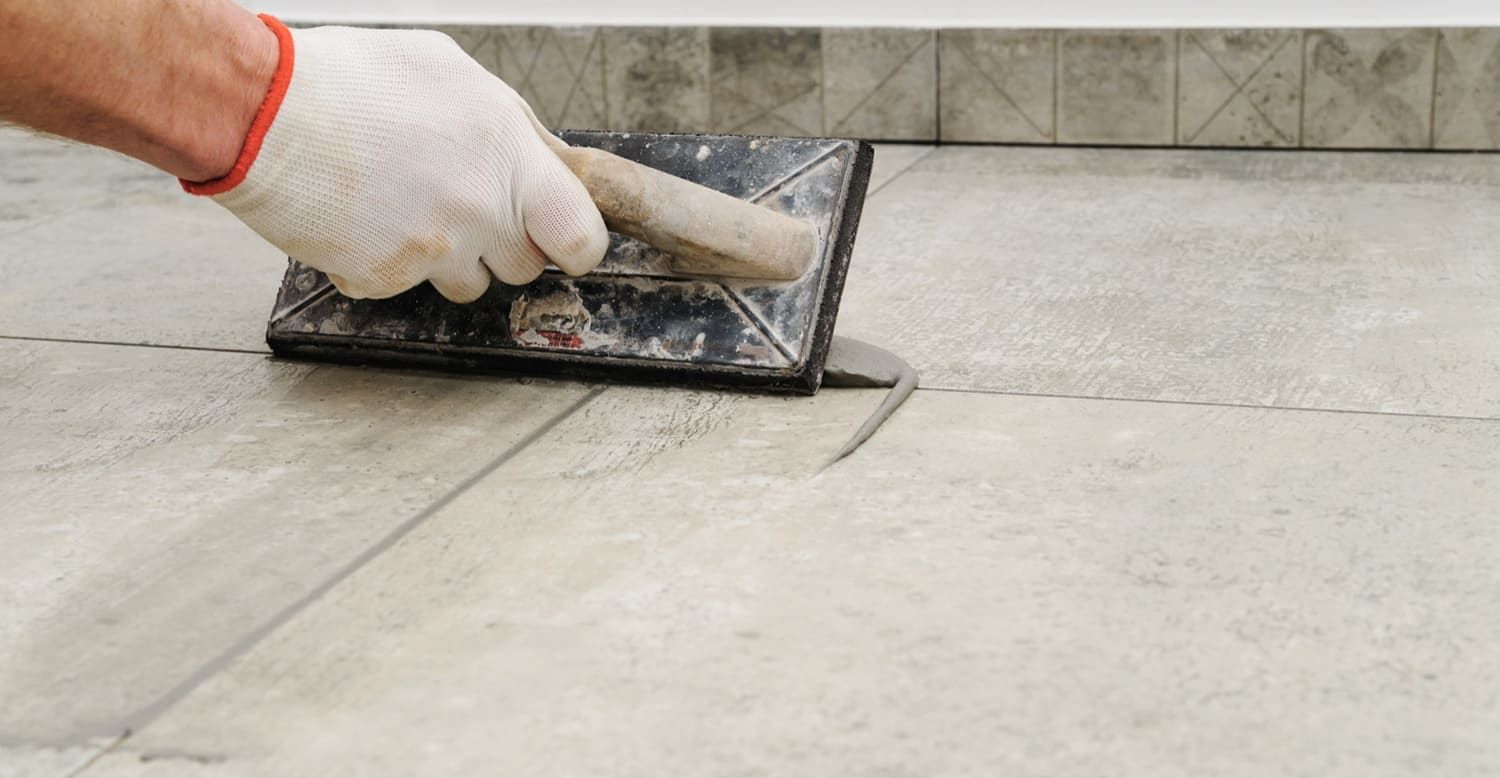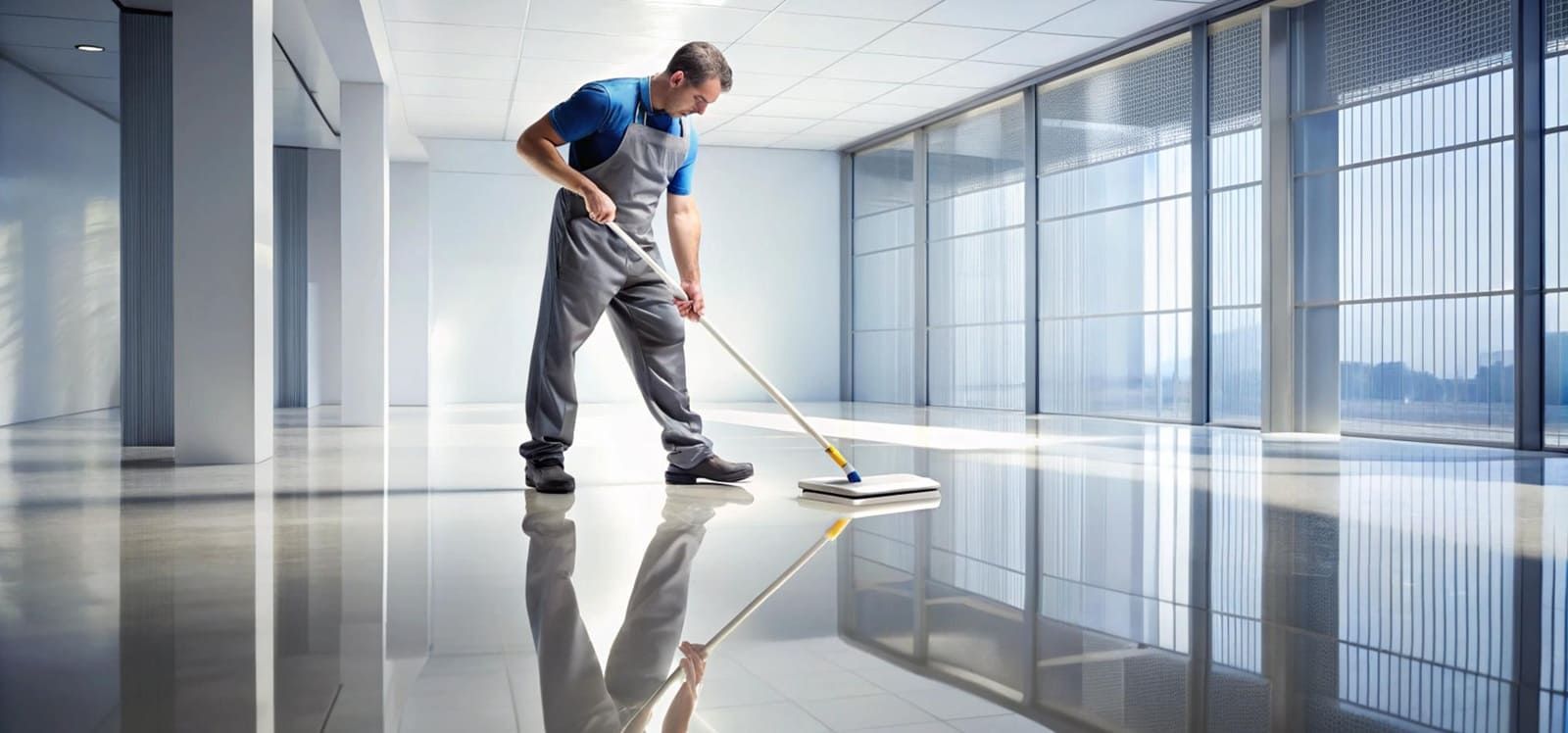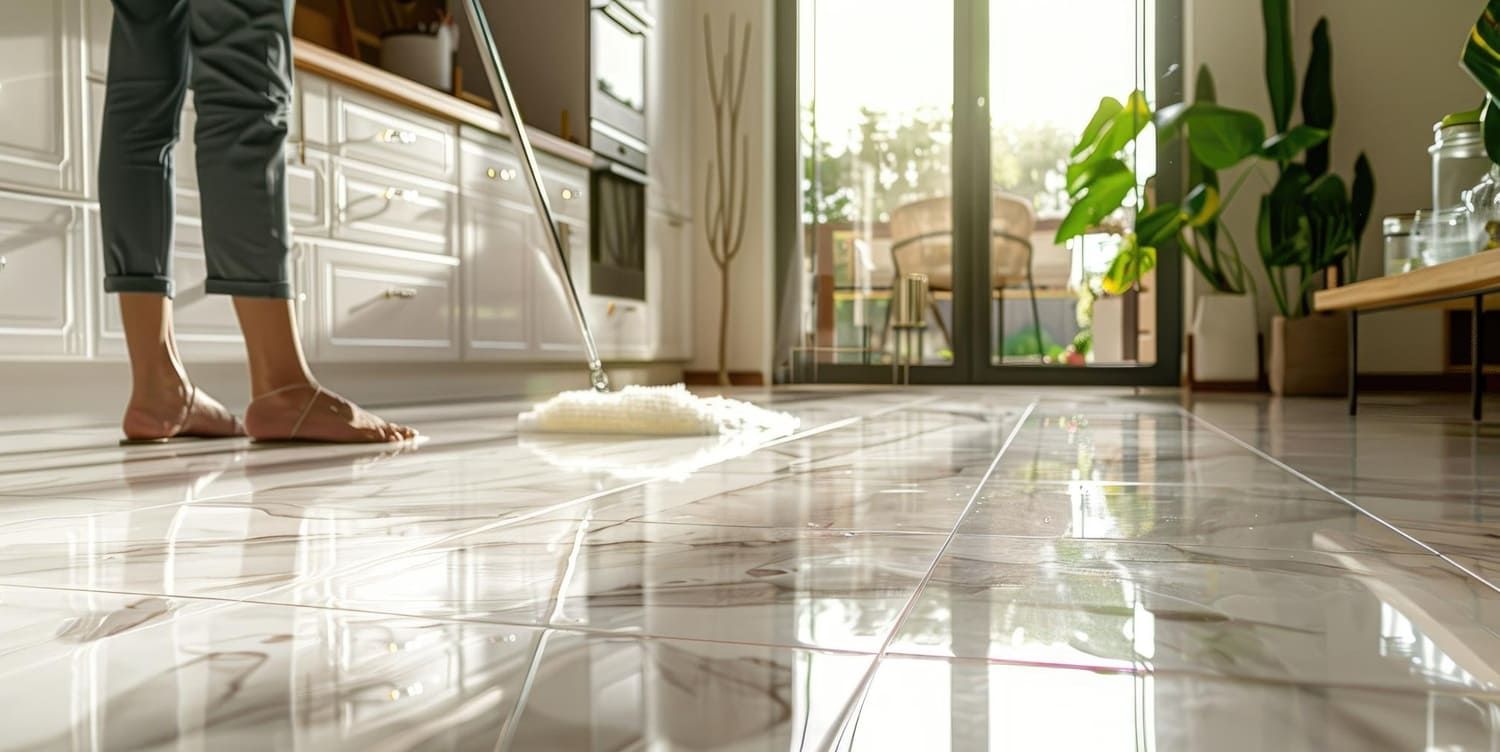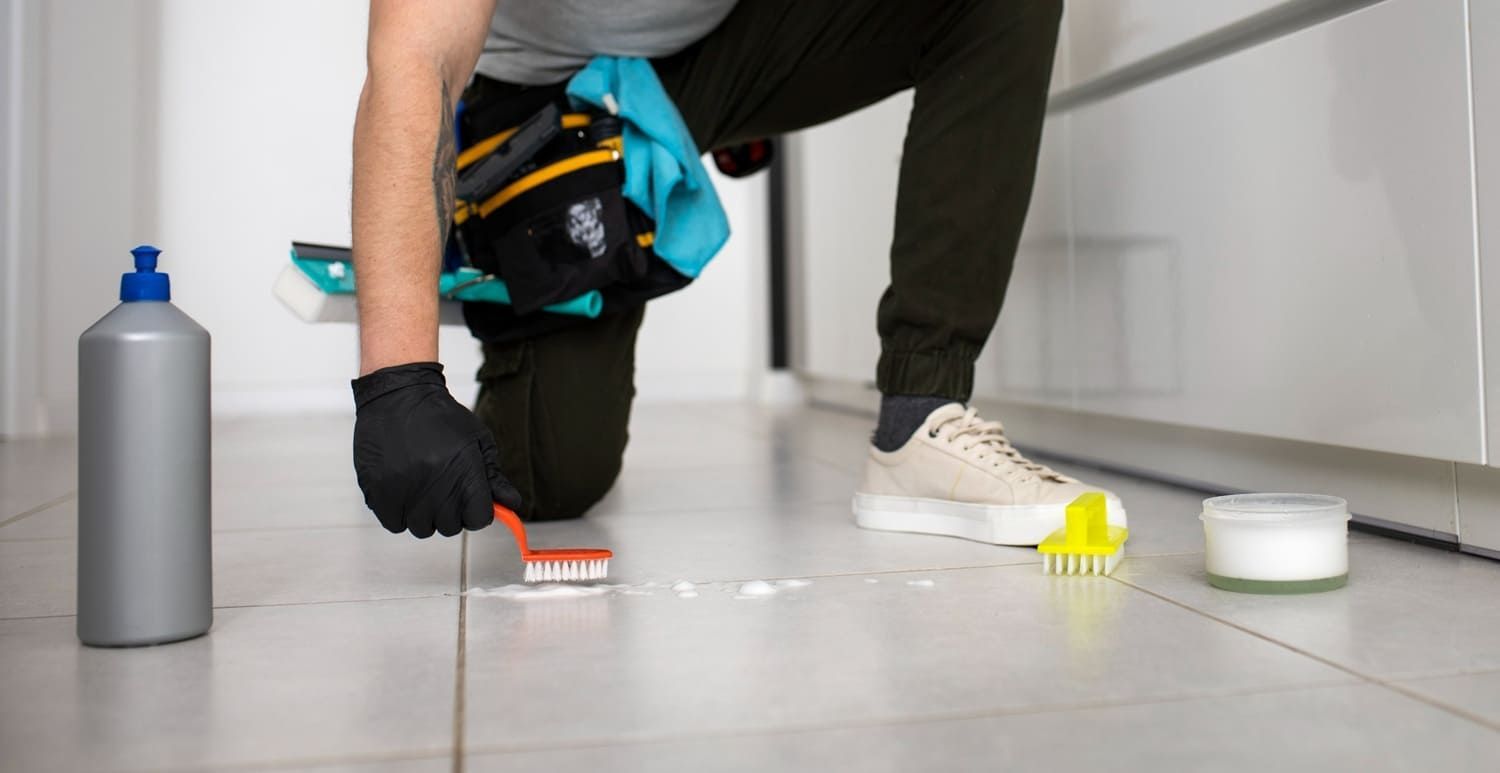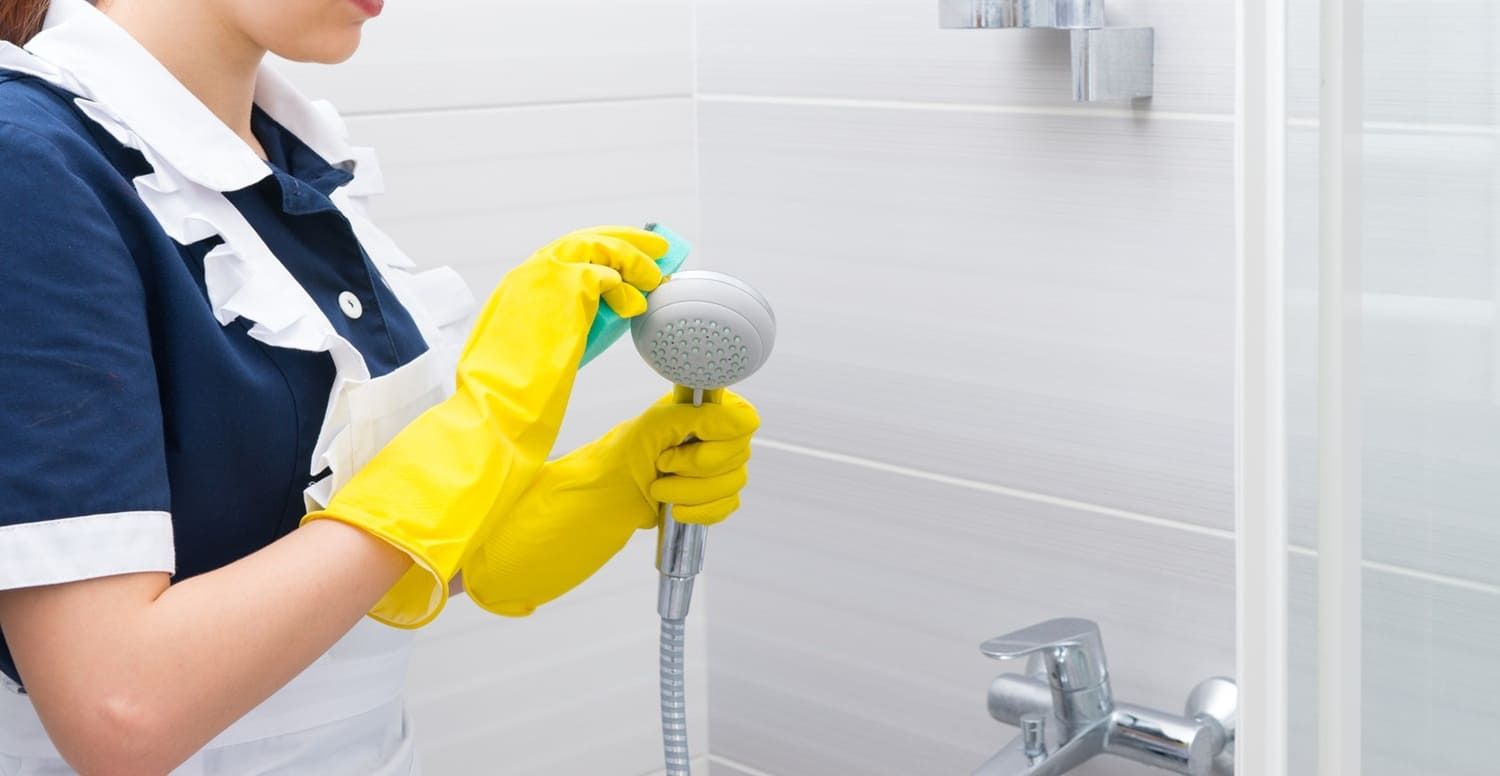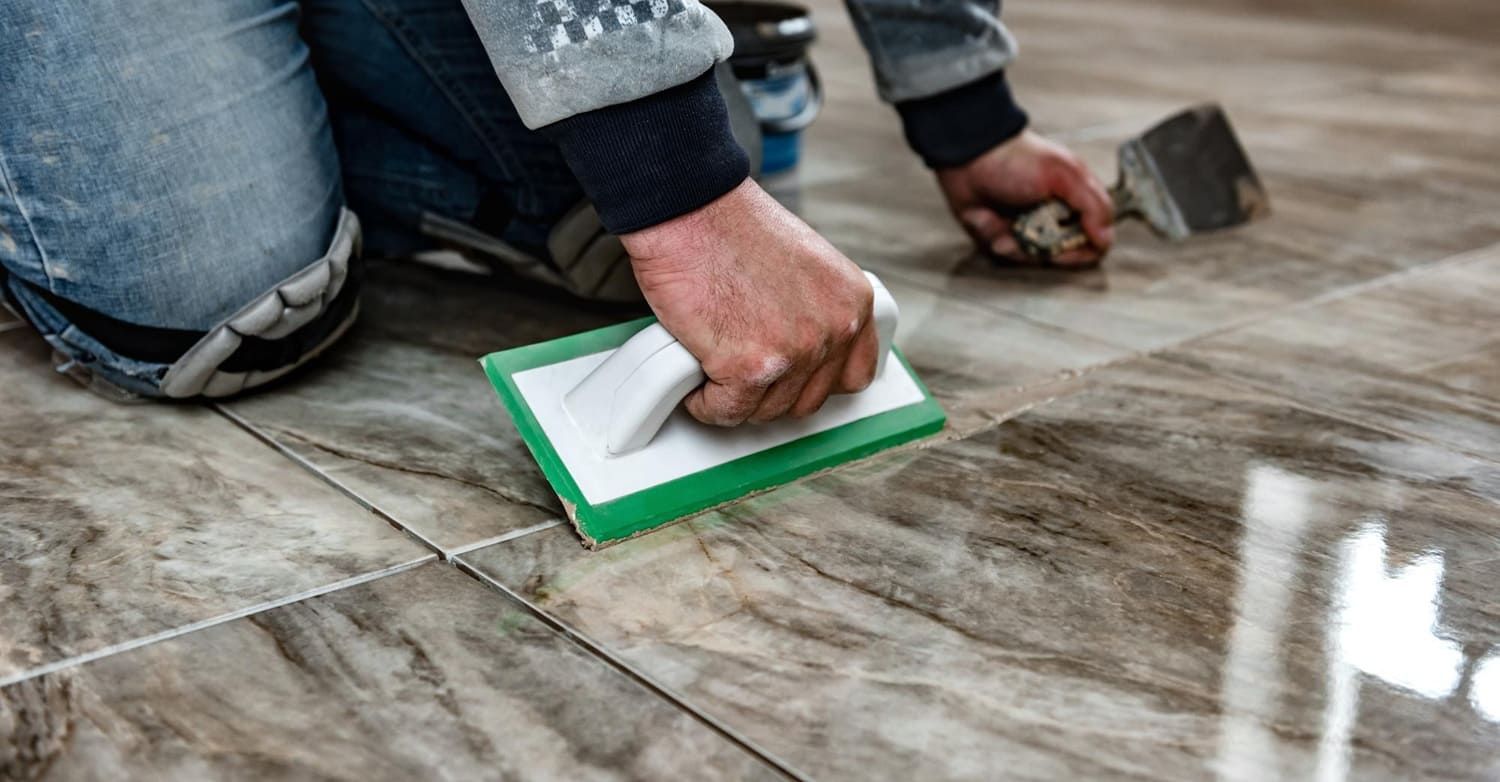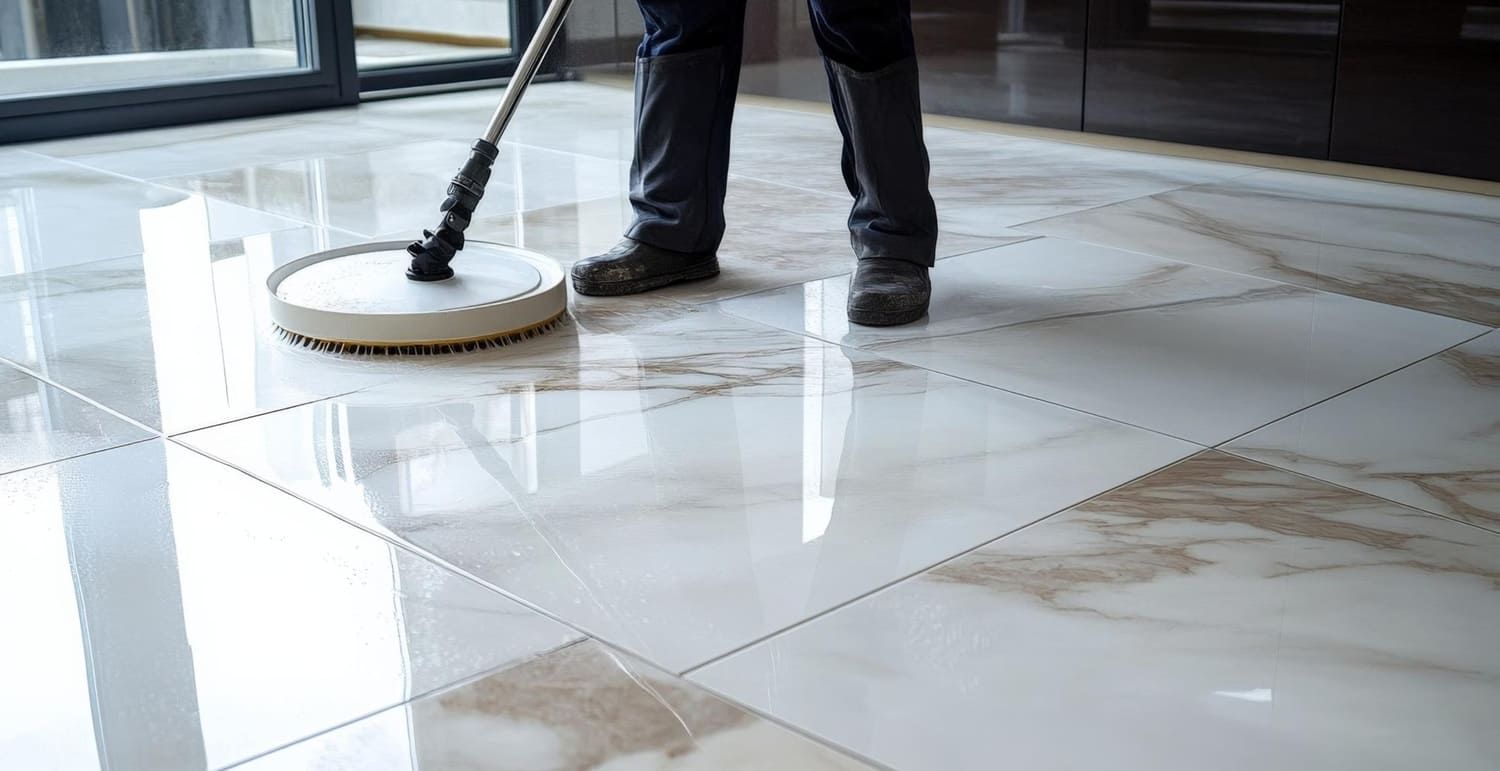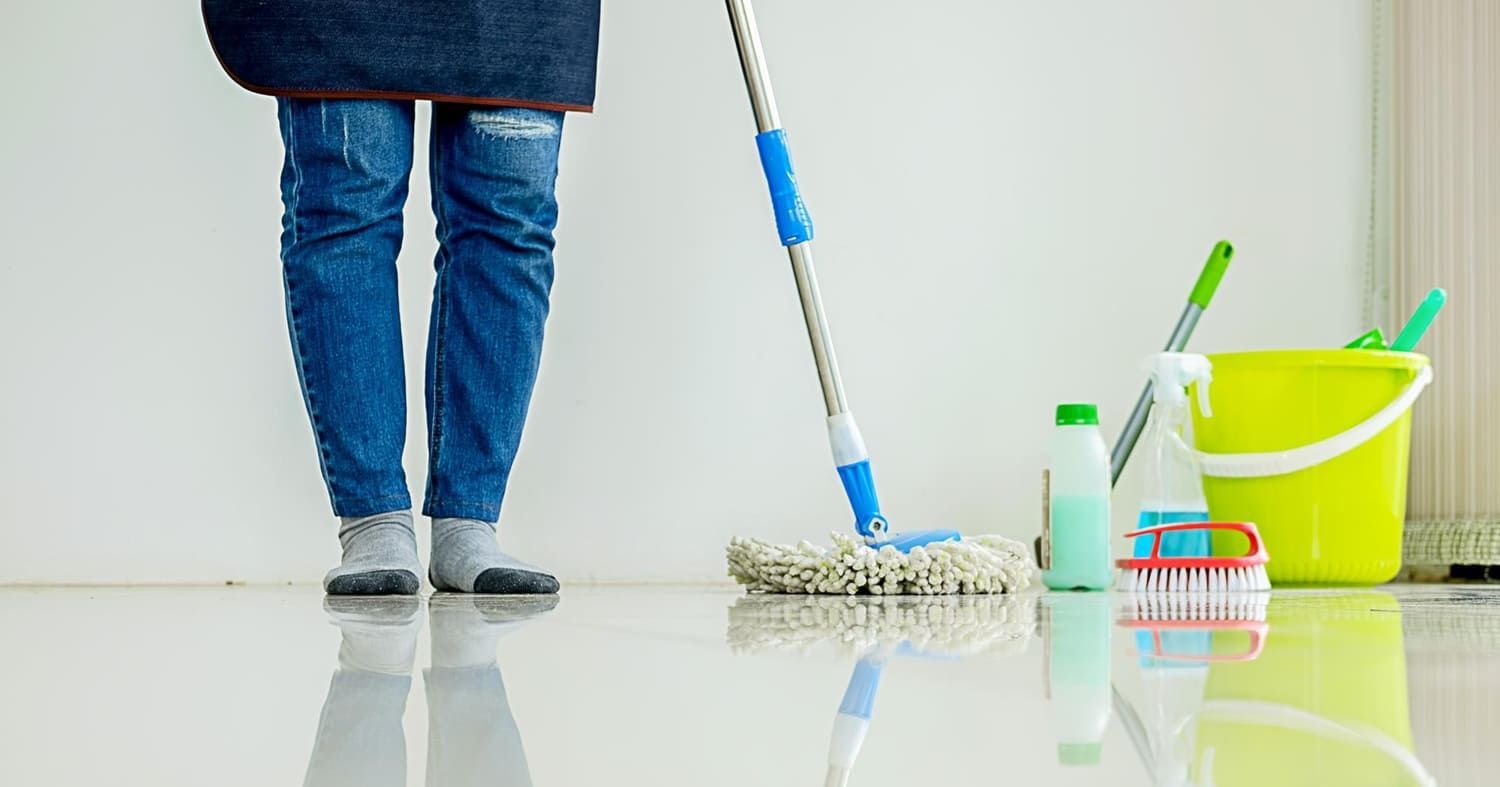Best Tile Sealers for Kitchens: 2025 Product Guide
In 2025, kitchens remain the heart of the home and a hub for cooking, entertaining, and daily living. Kitchen tile surfaces—backsplashes, countertops, and floors—are constantly exposed to moisture,
stains, spills, and daily wear. Sealing these tiles is no longer optional. It’s a critical step for homeowners, contractors, and renovators to ensure lasting beauty, easy maintenance, and superior protection against the everyday challenges of a busy kitchen. This ultimate 2025 product guide explains why sealing is important, describes the best types of sealers for kitchen tile, and recommends this year’s top-rated products for reliable, modern results.

The Basics: Understanding Kitchen Tile Sealers
Before choosing a product, it’s essential to understand what kitchen tile sealers do. A quality sealer serves as a protective barrier. It blocks moisture, acidic food spills, oils, and grime from penetrating porous tile and
grout. This boosts stain resistance, maintains original color and luster, and dramatically reduces long-term damage—saving you money and effort on repairs and deep cleaning.
Types of Tile Sealers Used in Kitchens
- Penetrating (Impregnating) Sealers: These are absorbed below the tile’s surface to fill pores and capillaries, providing invisible, long-lasting protection. Ideal for most natural stones (marble, granite, travertine), unglazed porcelain, and even some ceramics.
- Surface Sealers: Also called topical sealers, these remain on the tile’s surface, forming a physical protective layer. They can add a natural matte finish or a high-gloss sheen, making cleaning easier, but require reapplication more frequently.
- Natural-Look Sealers vs. High-Gloss Finishes: Natural-look sealers are undetectable and preserve the original appearance of tiles. High-gloss or satin-finish sealers provide visual enhancement, making colors and textures pop—perfect for showpiece kitchens. Choose based on aesthetics, slip considerations, and tile type.
Matching the Sealer to Your Kitchen Surface
Ceramic Tile: Most glazed ceramic tiles resist moisture, but unglazed ceramics and grout lines still benefit from sealing. Use a penetrating sealer for best results.
Porcelain Tile: Dense, but even some porcelains are porous or unglazed. Penetrating sealers are recommended for extra protection, especially around grout.
Natural Stone (Marble, Granite, Travertine): Highly porous and must be sealed with a top-quality penetrating product—often several coats—for both the stone and surrounding grout.
Glass Tiles: Usually non-porous and don’t require sealing, but the grout around them always does.
2025 Tile Sealer Comparison: Top Brands & Products
To help you find the best kitchen tile sealer in 2025, we’ve researched this year’s most trusted and recommended products across performance, price, usability, and finish. Below is a side-by-side table for easy comparison.
| Brand / Product | Type | Finish | Durability | Drying Time | Coverage / Quart | Application | Price Range | Recommended Surface |
|---|---|---|---|---|---|---|---|---|
| Stonetech BulletProof | Penetrating | Natural-look | Up to 5 years | 2–4 hours | 100–150 sq ft | Brush, Roller | $$$ | Natural stone, grout |
| Aquaseal Gold+ | Penetrating | Natural or Satin | 3–5 years | 2 hours | 125–200 sq ft | Spray, Sponge | $$ | Ceramic, porcelain, grout |
| Miracle Sealants 511 Impregnator | Penetrating | Invisible | 3–5 years | 1–3 hours | 125–200 sq ft | Cloth, Sponge | $$ | Stone, ceramic |
| Black Diamond Wet Look | Surface/Topical | High Gloss | 1–2 years | 1–2 hours | 100 sq ft | Mop, Roller | $ | Ceramic, stone |
| Custom Building Products TileLab | Surface | Matte or Gloss | 1–2 years | 1 hour | 150 sq ft | Brush, Mop | $ | Grout, tile |
| Tuff Duck Granite/Grout | Penetrating | Natural or Satin | Up to 5 years | 1–3 hours | 100–150 sq ft | Sponge, Roller | $$ | Natural stone, grout |
Quick Product Profiles
- Stonetech BulletProof: Industry leader for natural stone kitchen surfaces, delivering superior moisture resistance and stain protection. Best for marble/granite countertops and high-use floors.
- Aquaseal Gold+: Versatile, fast-drying formula for busy kitchens. Great for homeowners doing DIY tile sealing and for professionals seeking reliable, consistent results.
- Miracle Sealants 511 Impregnator: Well-known for invisible protection on a wide range of materials. Favored by contractors for dependability and easy maintenance.
- Black Diamond Wet Look: Adds bold shine to backsplashes and decorative surfaces—perfect if you want a glossy, dramatic kitchen tile look with solid scuff protection.
- Custom Building Products TileLab: Good budget option with flexible finish selection—matte or gloss—for both tiles and grout lines.
- Tuff Duck Granite/Grout Sealer: One of the longest-lasting kitchen
grout sealers. Tough enough for natural stone and busy family kitchens where spill and stain resistance are critical.
Key Factors for Choosing a Kitchen Tile Sealer in 2025
- Slip Resistance: Especially crucial for kitchen floors. Some sealers add slip, so check labels and test in low-traffic areas first.
- Food Safety: Only choose products rated food-safe if sealing countertops.
- Maintenance: Review reapplication intervals. High-traffic or steamy kitchens may need annual refresh, others last years with proper care.
- Compatibility: Make sure the sealer suits both your tile and the grout—different materials may require different formulas.
- Appearance: Decide if you want a natural look, glossy finish, or color enhancement. Glossier options show smudges more easily.
- Ease of Application: Some products are spray-on and quick, others require sponging or rolling for best coverage.
- Budget: Premium products last longer and may prove more cost-effective over time, but budget options can perform well for lighter-use kitchens.

How to Seal Kitchen Tile: Application Essentials
- Clean Thoroughly: Start with a spotless, dry surface. Any dirt, grease, or residue will become trapped under the sealer.
- Test a Small Area: Apply the sealer to an inconspicuous spot to check for compatibility and finish.
- Apply Evenly: Use the recommended method (spray, sponge, roller, or brush) and follow product-specific guidelines for application and drying.
- Wipe Off Excess: For penetrating sealers, remove all residue after the dwell time. For surface sealers, allow to dry fully before buffing or recoating.
- Allow to Cure: Most kitchen sealers reach full effectiveness within 24–48 hours. Avoid spills and use during this period.
- Regular Maintenance: Clean sealed tiles with pH-neutral cleaners and avoid harsh chemicals or abrasive scrubbing pads.
FAQs: Tile Sealer Best Practices for Kitchen Surfaces in 2025
How often should I reseal kitchen tiles?
The frequency depends on sealer type, tile material, and usage. Penetrating sealers on stone generally last 3–5 years; surface sealers may need annual reapplication, especially on floors.
What sealer works best for marble kitchen countertops?
Use a premium penetrating sealer specifically formulated for marble. Always verify food-safe ratings for countertops.
Can I seal both the tile and grout together?
Yes—many quality sealers are formulated to protect both surfaces at the same time, but always double-check product compatibility.
Are tile sealers safe for food prep areas?
Only use sealers explicitly labeled “food-safe” or “NSF certified” for kitchen countertops or any surfaces in direct contact with food.
How long does it take for kitchen tile sealer to dry?
Most products are dry to the touch within 1–3 hours but need a full 24–48 hours to reach maximum protection. Always follow manufacturer instructions.
Do high-gloss sealers make floors slippery?
Some do, particularly when wet. Look for products specifically labeled “slip-resistant” if using on kitchen floors, or opt for a penetrating sealer.
What’s the best way to maintain sealed kitchen tiles?
Clean routinely with pH-neutral cleaners, avoid harsh abrasives, and wipe spills promptly to extend sealer life and surface beauty.
Can I apply sealer myself, or should I hire a pro?
Most homeowners can apply tile sealer DIY with careful prep. For premium materials or large surfaces, contracting a professional is recommended.
Will sealing kitchen tile change the color or appearance?
Natural-look and penetrating sealers won’t change the look, while high-gloss or enhancing sealers can brighten or deepen colors. Test in an inconspicuous area first.
What should I avoid during the sealing process?
Avoid sealing over dirty or damp surfaces, using non-food-safe products on prep areas, or heavy traffic before the sealer has fully cured.
Conclusion: Protecting Your Kitchen Tile Well into 2025
Sealing your kitchen tiles is a crucial investment in your home’s resilience, safety, and beauty. Whether you prefer the invisible strength of a penetrating sealer or the striking enhancement of a high-gloss finish, choosing a top-rated, food-safe product ensures long-term protection against moisture, stains, and daily wear. By following best application and maintenance practices, you’ll keep your kitchen surfaces looking clean and fresh for years to come.
For expert product advice and trusted protection solutions, contact ADVANCED Sealers and Cleaners, the makers of high-quality products. Call us today at (480) 499-3145 or visit www.2getadvanced.com for personalized recommendations and professional sealing guidance. Protect your investment and enjoy peace of mind with the right kitchen tile sealer in 2025 and beyond!



